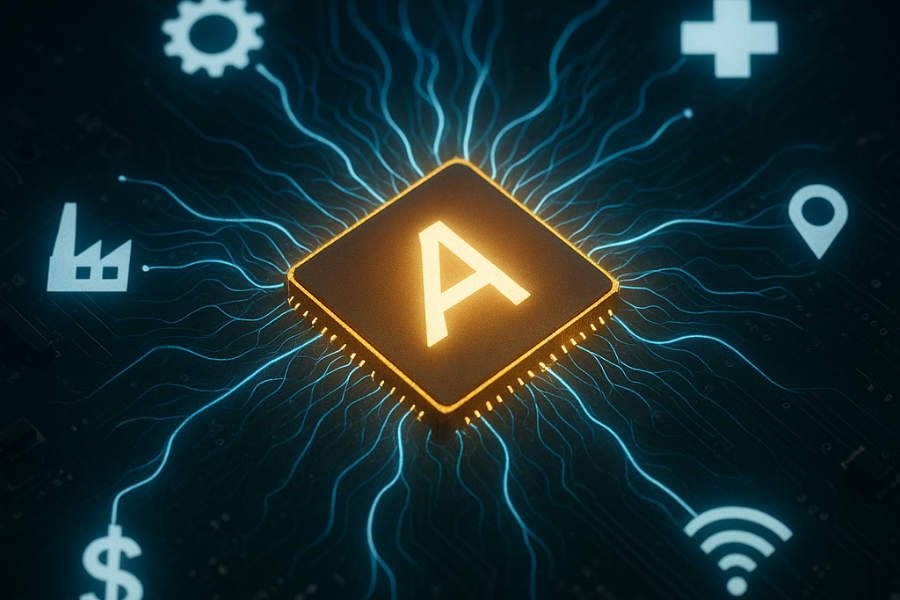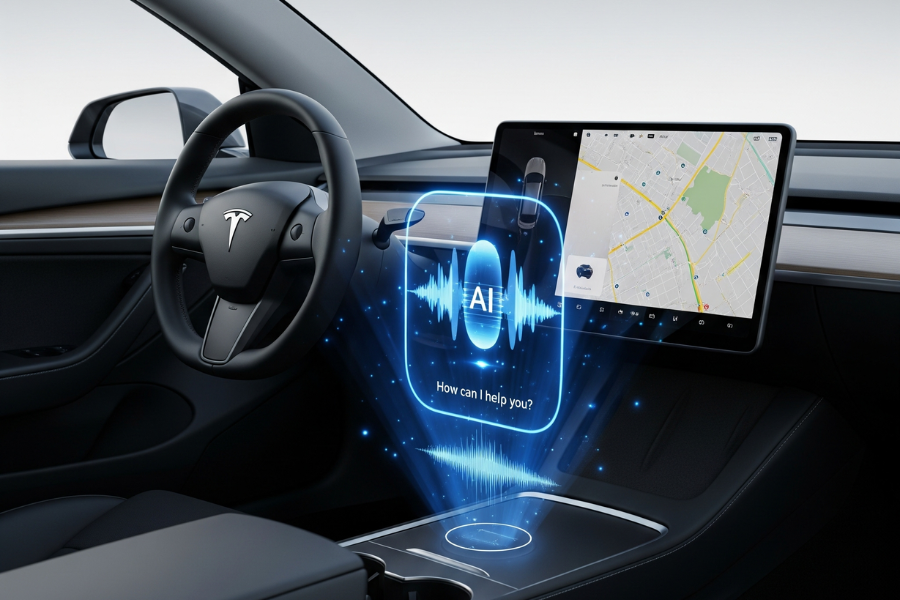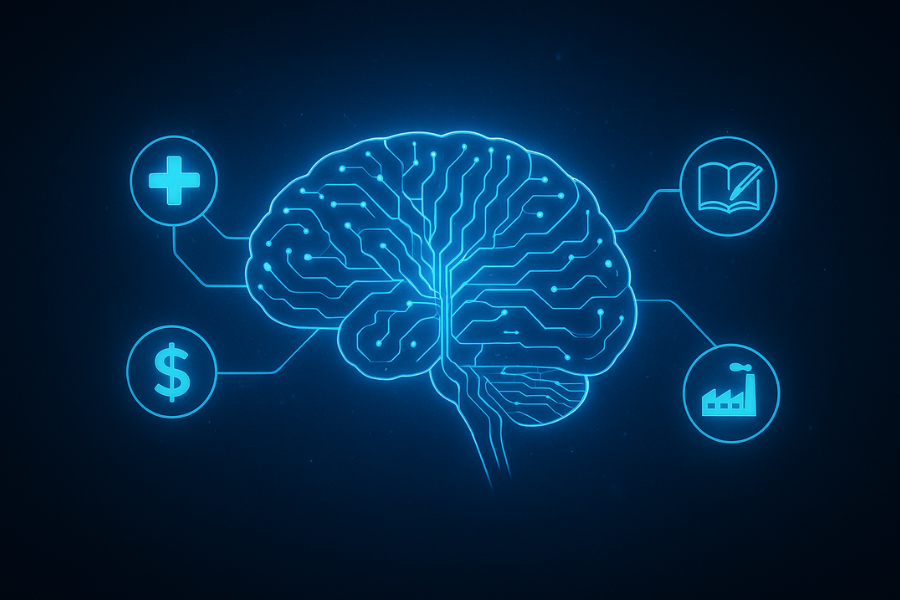Introduction
Cars are no longer just machines that take us from one point to another—they are becoming intelligent companions on wheels. Among the latest innovations, Tesla’s AI-powered voice assistant, co-developed with China’s DeepSeek and ByteDance, is redefining how drivers interact with their electric vehicles (EVs).
Nicknamed “Hey Tesla”, this new voice assistant is more than just a navigation or command tool. It represents the next frontier of human–AI interaction inside vehicles, offering a seamless, localized, and highly responsive driving experience.
Why AI Voice Matters in EVs
The rise of EVs has shifted the focus from horsepower to software intelligence. Features like self-driving, predictive maintenance, and in-car entertainment are driven by AI-first design.
Voice assistants are becoming critical because:
They allow drivers to control functions hands-free, improving safety.
They serve as a personalized digital co-pilot, adapting to user habits.
They reduce cognitive load by providing real-time updates and suggestions.
“Hey Tesla” goes beyond traditional assistants like Siri or Alexa—it’s tailored for automotive environments where context, localization, and speed are crucial.
The China Connection: DeepSeek + ByteDance

Tesla’s decision to collaborate with DeepSeek (an AI research firm) and ByteDance (the parent company of TikTok) shows its strategy to localize AI ecosystems for Chinese users.
DeepSeek brings expertise in natural language processing (NLP), ensuring that “Hey Tesla” can understand regional accents, slang, and nuanced commands in Mandarin and other dialects.
ByteDance contributes its recommendation algorithms, enhancing the assistant’s ability to suggest personalized content—such as music, news, and entertainment—while also integrating with popular Chinese apps.
Together, these partnerships position Tesla to compete strongly in China’s EV market, where domestic players like NIO, BYD, and XPeng are also embedding AI-driven features.
What Can “Hey Tesla” Do?
The assistant is designed as a multifunctional in-car AI agent that combines navigation, infotainment, and even emotional interaction. Key features include:
Voice-First Controls: Adjust climate, lights, windows, and media playback without touching the screen.
Real-Time Navigation: Suggests routes based on traffic, weather, and even driver preferences.
Personalized Entertainment: Curates playlists, podcasts, and short-form video content integrated from ByteDance platforms.
Driver Wellness Monitoring: Can detect fatigue through voice tone analysis and suggest rest breaks.
Conversational AI: Unlike older assistants, it feels more human-like, engaging in natural dialogue.
The ultimate goal is to make the car feel less like a tool and more like a companion.
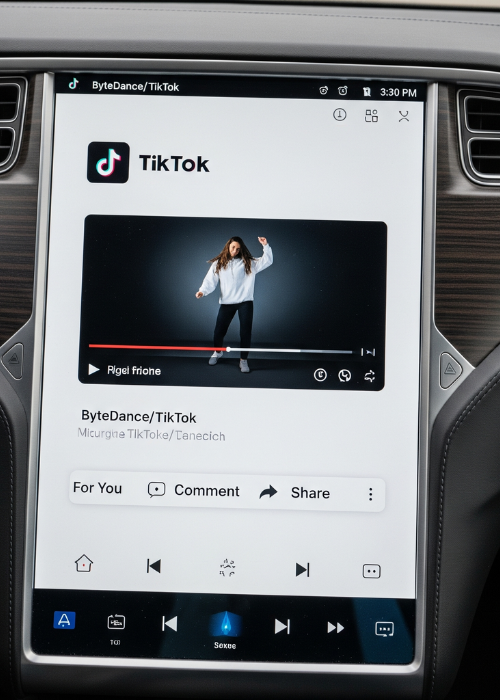
How It Redefines Driving
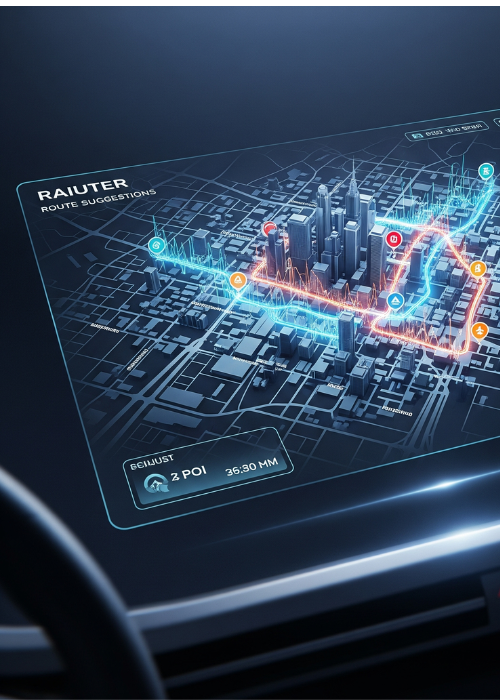
Safety First
With more features available via voice, drivers can keep their eyes on the road and hands on the wheel. This reduces distractions and accidents.Localization for China
Many global voice assistants struggle with Chinese languages. “Hey Tesla” solves this by incorporating local linguistic models and aligning with Chinese digital ecosystems.Integration with AI Ecosystem
Instead of being a standalone tool, “Hey Tesla” plugs into the broader Tesla AI ecosystem, supporting autonomous driving features and personalized car settings.Future-Proofing the EV Experience
As AI evolves, the assistant can update via over-the-air (OTA) software, continuously getting smarter over time.
The Bigger Picture: EVs as AI Platforms
Tesla’s move reflects a larger trend: cars are becoming rolling AI platforms. With advancements in connectivity, vehicles are no longer isolated—they are integrated into cloud ecosystems, smart cities, and personal devices.
In the U.S. and Europe, AI assistants focus on integrating with Google or Apple ecosystems.
In China, however, success depends on embedding into local super-apps and services—something “Hey Tesla” is designed to achieve.
This localization strategy not only helps Tesla grow in China but also sets a global template for how AI voice can enhance mobility.
Competition: Who Else Is Doing It?
Tesla isn’t alone in this race. Chinese EV makers are also making bold moves:
XPeng has a smart assistant called Xiao P.
NIO integrates NOMI, an AI-powered dashboard companion.
BYD is experimenting with AI voice for energy optimization.
By partnering with DeepSeek and ByteDance, Tesla ensures “Hey Tesla” isn’t just a copy—it’s a localized innovation designed to stand out.
Challenges Ahead
Despite the promise, hurdles remain:
Privacy Concerns: Storing and processing voice data raises questions about user privacy.
Over-Reliance on AI: Drivers must not become too dependent on voice AI for critical decisions.
Cultural Adaptation: Tesla will need to keep refining the assistant for different demographics and regions.
Still, with the rapid rise of AI in China and government support for smart EV innovation, Tesla’s timing couldn’t be better.
Conclusion
The “Hey Tesla” voice assistant is more than just another smart feature—it’s a symbol of how AI is reshaping mobility. By combining DeepSeek’s NLP expertise and ByteDance’s personalization algorithms, Tesla is delivering a localized, intelligent, and futuristic driving experience tailored for the world’s largest EV market.
As cars continue to evolve into AI-driven ecosystems, voice will be the natural bridge between humans and machines. With “Hey Tesla,” the future of driving feels more like a conversation—and the road ahead looks smarter than ever.



